
During a trip to Peru in our company, you may have the opportunity to visit coffee plantations. It is an activity that we like to offer because it allows us to get closer to the locals, to let the farming families benefit from the direct effects of tourism and to propose an activity in contact with nature while learning a little more about the first agricultural export product in the world! We realized that everyone is familiar with the different kinds of coffee in the cup, that they prefer an espresso, a coffee with milk or a cappuccino, but that in the end, they are happy to discover the true face of this precious bean by being able to participate in the elaboration of their own beverage by respecting all the stages of production from the picking on the tree to the final tasting!
In this article we will try to inform you as well as possible on the different stages of the history of coffee from its discovery to its arrival on the South American continent and in Peru in particular. We will explain some of its specificities, the different stages of the manufacturing process, the importance of organic coffee in Peru and much more.
Peruvian organic coffee is one of the best in the world, but it has been a long long way to get here, it is the journey of this sacred little bean that we want to tell you about here!
History and origin of coffee
Like almost everything else on this earth, legends are often at the origin of the appearance or discovery of the elements that surround us. For coffee it is the same and we want to tell you this rather nice story about the beginnings of this sacred world adventure.
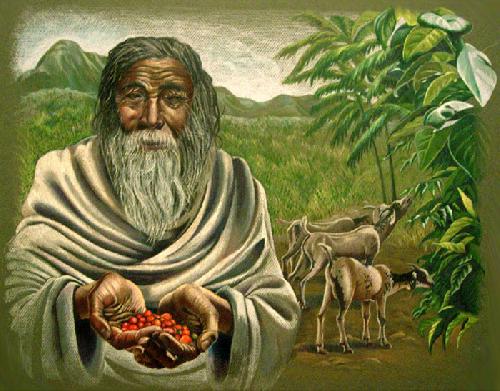
Legend says that a certain Kaldi, a shepherd in the Kaffa Mountains in Abyssinia (northern Ethiopia today), in Africa, watched over his herd of goats as always. He realized that they were behaving strangely. As he approached them, he noticed that they loved to eat the red fruits of a shrub. “Could this be what makes my goats so excited,” he thought ? “He then decided to take some fruits and branches to the monastery to explain the situation to the monks. The person in charge decided to make an infusion of the fruit, but as he tasted it, he was surprised by the bitterness and threw his infusion into the fireplace, frustrated by the result! It was then that after a while, a pleasant aroma reached his nose. He then decided to change the method of preparation and began to roast the seeds and drink them as an infusion!
Very satisfied with his discovery because it allowed the monks to pray all night without going to sleep, he tried to preserve the secret of his drink. The only seeds he began to sell were boiled so that they could not germinate elsewhere.
Finally some seeds arrived intact in Arabia and this was the beginning of the worldwide recognition of the drink. It must be said that at that time, Mecca was one of the busiest places on earth.
Now let’s talk about the real story by trying to tell you with some chronology the journey of this blessed cherry as far as South America!
We know today that slaves captured in the region of present-day Sudan arrived at the port of Moka in Yemen eating the delicious red berries. We also know that coffee was cultivated in Yemen as early as the 15th century and probably much earlier.
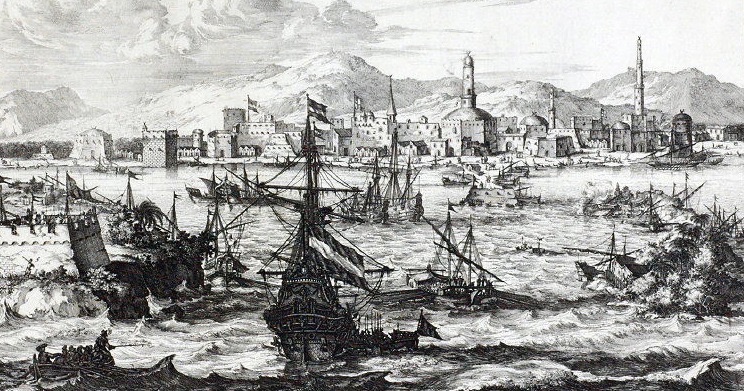
The harbour of Moka was the main access for ships heading to Mecca, which at the time was one of the busiest cities in the world! News of this new energy drink spreaded out fast. Until the 17th century Arabia and Ethiopia shared the production of coffee. The Arabs protected themselves well so that no seeds left the country. They boiled the beans from their reserve so that it could not germinate.
It was in 1616 that a Dutch ship arrived at the port of Moka, then the only place in the world where coffee was available. Its captain managed to steal some of the still fertile beans and bring them back to Europe. This was the beginning of the expansion of coffee plantations in the various European colonies around the world.
Around the 1650s, coffee start to be imported and consumed in England, and coffee houses opened in Oxford and London. The coffee places became places where liberal ideas were born, as they were frequented by philosophers and men of letters. In 1676, this agitation prompted the King’s Prosecutors in England to order the closure of the coffee houses, citing crimes of lèse-majesté against King Charles II and the kingdom. The reactions were so important that the decision of closure had to be revoked. The flow of ideas born in coffees will profoundly change the United Kingdom. There were more than two thousand coffee places in 1700.
In 1670, the first café opens in Berlin. In Paris, the Procope café was the first to open in this city and in 1686, a new way of preparing coffee was invented: by percolating hot water through a filter. By the mid-18th century, every city in Europe had cafés, and in 1732, Johann Sebastian Bach composed an ode to coffee.
Coffee crossed the Atlantic in 1689 with the opening of the first establishment in Boston. The drink get popularity and became a national drink after rebels threw overtaxed tea from the British Crown into the sea during the Boston Tea Party.
Coffee began to be cultivated in the English colonies, particularly in Ceylon (present-day Sri Lanka), but the plantations were ravaged by a disease, coffee rust, and were finally replaced by tea plantations. The Dutch have it grown in Indonesia.
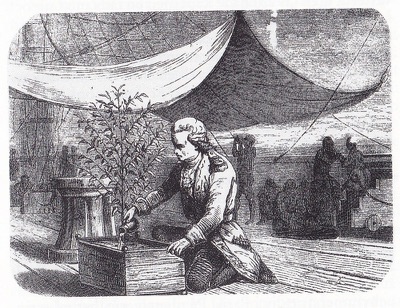
In 1714, the French infantry captain Gabriel Mathieu de Clieu stole a plant offered by Holland to Louis XIV and kept in the royal greenhouses to plant it on the slopes of Mount “Pelée” in Martinique and Santo Domingo. Fifty years later, there are 19 million plants in Martinique.
The first plantation in Brazil was established in 1727 by Francisco de Mello Palheta.
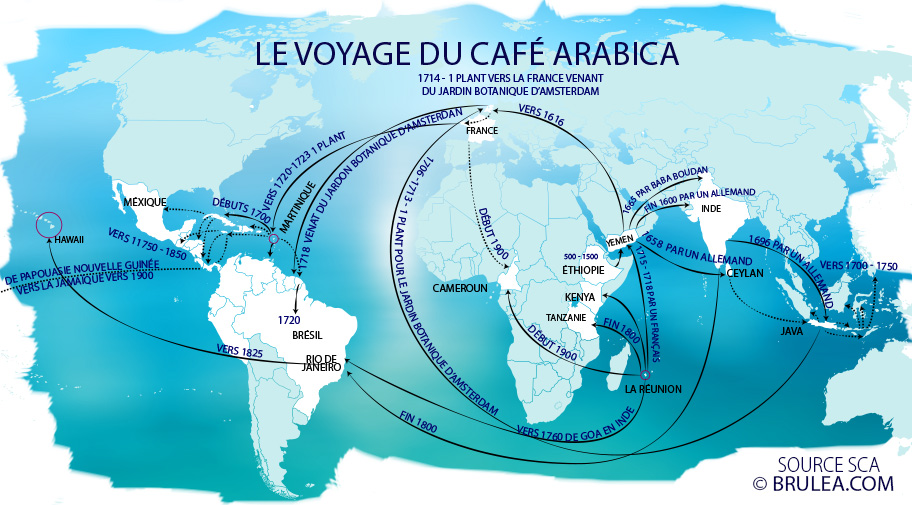
So here we are in the 18th century, coffee plants are now on the South American continent and present in many countries in the coffee belt between the Tropics of Capricorn and Cancer. After Brazil, which is currently the largest producer in the world, we have Colombia. This country owes its great coffee culture to a rather original phenomenon. Indeed, it all started from the idea of a religious man who communicated to his faithful who came to confession to plant coffee trees to suppress their sins! It is thus on the faults of its population in the eyes of the Catholic religion that coffee plants have grown all over this country.
What about coffee in Peru??
The first evidences of coffee in Peru date back to 1838, when the first beans arrived from the North (Venezuela-Colombia and Ecuador). But it was only in 1876 that coffee cultivation developed commercially.
It is in what is known here as the “Central Selva” (central jungle) that coffee cultivation began, more precisely in the Chanchamayo region. In 1857, several hundred German settlers arrived in Peru in search of the “Promised Land”. After 2 years spent making their way through the Peruvian forest and then finding their location (Pozuzo), they realized the great richness of the Peruvian land as well as its perfect climate for agriculture. So they began to plant arabica coffee. It was in 1925, on the back of mules, that the first Peruvian coffee crossed the Andes to reach the harbour of Callao and be exported to Germany. Since then, the cultivation and trade of Peruvian coffee has been part of the social and economic development of the country.
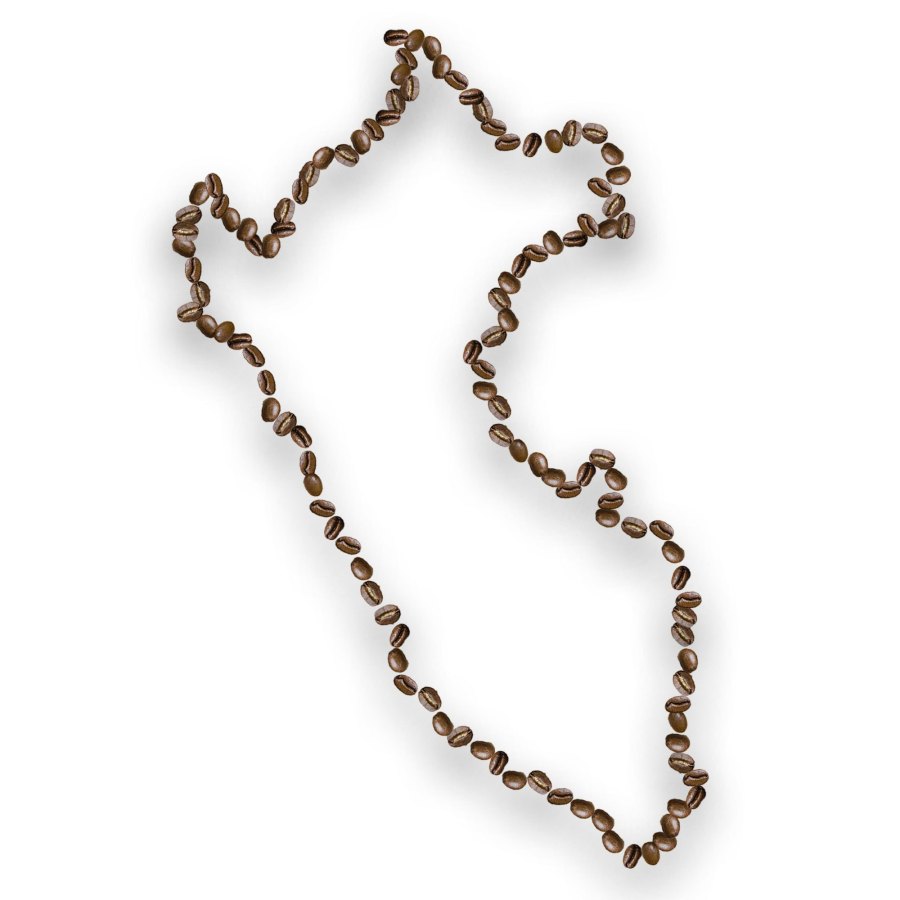
Coffee Botany
Before continuing to talk about the development of coffee in Peru, it is important to explain a few botanical notions about this plant.
Coffee trees are shrubs growing in what is known as the “coffee belt” between the Tropics of Capricorn and Cancer. They are part of the Rubiaceae family. We find 4 kinds of coffee, but only two are commercially available. The Coffea Arabica (the first to appear, yes remember the shepherd Kaldi and his goats!!), and the Coffea Canephora (or robusta coffee) are the two that dominate the world market. We also find Coffea liberica and excelsa (non-commercial).
- Arabica coffee: It is the most cultivated coffee in the world with nearly 65% of the production worldwide.

Physical difference between Arabica and Robusta coffee It is finer and more aromatic, needs a cooler climate than robusta. It grows at an altitude of between 900m and 2100m. The best coffees are grown between 1600 and 2100m. Its cultivation is more difficult and less productive and is regularly attacked by the fungus Hemileia vastatrix, or coffee rust, which gives a particular colour to the leaves and prevents photosynthesis of the plant.
- Robusta coffee: It is a coffee as its name suggests, stronger. Both in the sense of taste with a greater bitterness, in percentage of caffeine but also stronger in the sense that it resists better to higher temperatures and diseases. It generally grows lower down to the plains and has a better yield than its more fragile brother.
Coffee trees are shrubs that like to grow in the shade of other, taller trees and be protected from the wind. The fruits are fleshy, red, purple, or yellow, called coffee cherries, with two pits each containing a coffee bean.
When a cherry is pulped, the coffee bean is enclosed in a semi-rigid transparent shell with a parchment-like appearance corresponding to the wall of the pit. Once released, the green coffee bean is still surrounded by an adherent silvery skin corresponding to the seed coat.
The mother plants of Coffea arabica can be found in the Amsterdam Botanical Garden.
Below is a graphical representation of the great coffee genetics.
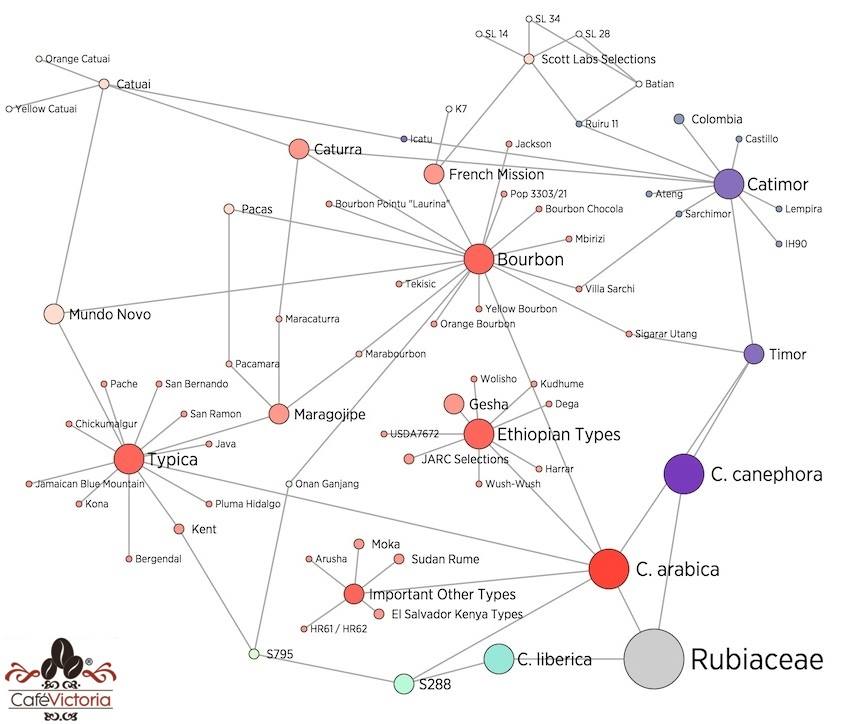
Peru’s place among the masters in coffee production!
Globally, we have three huge coffee producers. Brazil and Colombia in South America and Vietnam in Asia. They produce more than 60% of the world market. Their production area in hectares ranges from 850’000 for Colombia to more than 2 million hectares for Brazil. Peru ranks ninth in the world in terms of production, with a cultivated area of 450,000 hectares. But Peru is much better in a particular ranking : the ORGANIC coffee exports!
Indeed, it is necessary to make the difference between 3 types of denomination.
- Conventional coffee; it combines arabica and robusta, often grown on land that is easily accessible so that machines can be used for harvesting. Any kind of chemical fertilizer and insecticide can be used. Quantity of production is more important than quality.
- The “origin coffee”; it is a coffee that grows in a very specific region and receives a certification for its coffee. It will not be mixed with other coffees from elsewhere. For example, the “Sierra Nevada” origin coffee in Colombia.
- Organic coffee; this is the one we are interested in for Peru. It is a coffee that has to respect a long list of processes in its cultivation to be considered and certified “Organic”. But like any agricultural product cultivated under this denomination, the most important thing is that it is free of any chemical product.
Peru is therefore the second largest exporter of certified organic coffee after Mexico.
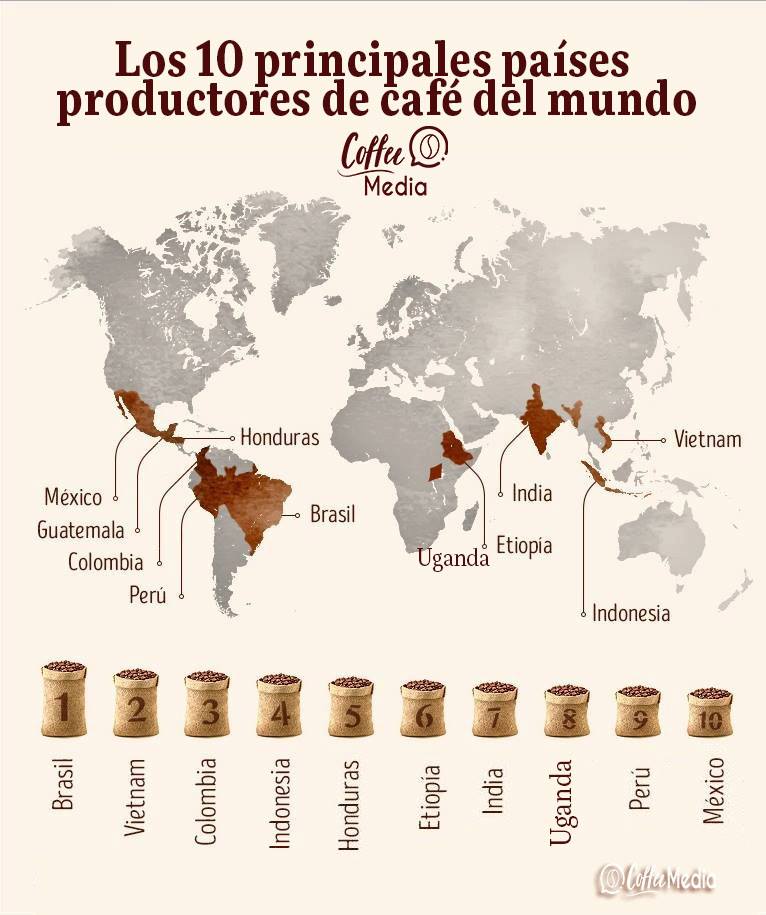
Peruvian organic coffee
In recent years, the quality of Peruvian coffee beans has greatly increased, especially those grown organically. The work of the farmers is much more intense than others which makes this coffee more expensive on the market. In order to be recognized and certified as organic coffee by the existing organizations, strict rules must be respected in the production.
In Peru, production is mainly made with Arabica coffee, the finest and most aromatic of coffees. It is cultivated between 1000m and 2000m with the ideal altitude to have the best beans between 1600m and 2000m.
To be considered as organic coffee the most important are the following points:
- Do not use chemicals for fertilizers and treatment of diseases and pests.
- Crops must be grown in the shade of other trees giving them a minimum of 30% shade. These trees will provide the necessary nutrients for the coffee plant. For example, growing coffee next to bananas will give the coffee plant the necessary dose of potassium it needs.
- The use of machinery is forbidden whether it is for harvesting or plant maintenance.
- It is a crop that is usually grown in rotation with other products such as fruit trees. This allows a better sustainability of the farm to the farmer who has other sources of income.
- These plantations in the shade of other trees avoids deforestation, protects biodiversity by having several different species attracting all kinds of animals.
- The creation of insecticides and fertilizers must be done with natural products. For example, use the cultivation of chilli peppers to make an insecticide or use the skins of coffee cherries to make fertilizer.In short, the farmer has to invest a lot of time and money to be able to produce certified organic coffee, but it is the indispensable effort to be recognized at the world level and to be able to export his production in the best conditions.
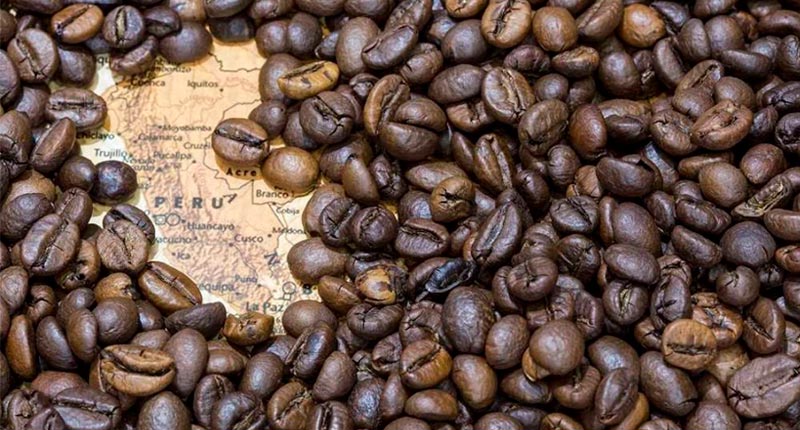
Now let’s talk a little bit about the risks and problems that farmers face in growing coffee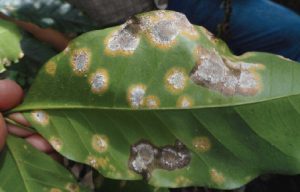 .
.
First of all, climate change must be highlighted. As mentioned above, the best Arabica coffee is produced between 1000m and 2000m and mainly from 1600m. With the global warming, many plantations have lost quality, have been attacked by pests. The main one is a fungus attacking arabica coffee called “Hemileia Vastatrix” or coffee rust. It caused devastations in Peru in 2013 and 2014 destroying thousands of hectares of plantations. It attacks the leaves by changing their colour and prevents photosynthesis.
Another parasite that attacks coffee is a small insect of the beetle family called “Hypothenemus hampei”. It destroys coffee cherries by entering inside.
There is also a water problem. The majority of coffee plantations in Peru have no irrigation system and rely only on the rainy season to provide enought water to the plants for flowering. With climate change, delayed rainfall or lack of rainfall in some years, affected severely the production.
The last element we point out is that the cost of production is higher than the selling price of the product. Indeed, organic coffee requires more labour and in the long term (coffee is harvested over several weeks or even months, this will be explained a little better in the next section on the stages of production). As a result, many plantations are now abandoned to grow other products including coca, which on the market cost much more, especially to supply the narco-trafficking market!
Steps in the coffee making process
Sitting on the terrace of your favourite coffee shop, you order your coffee, espresso, cappuccino or mocaccino. But by the way, do you know all the steps to get it in your cup? We will tell you below:
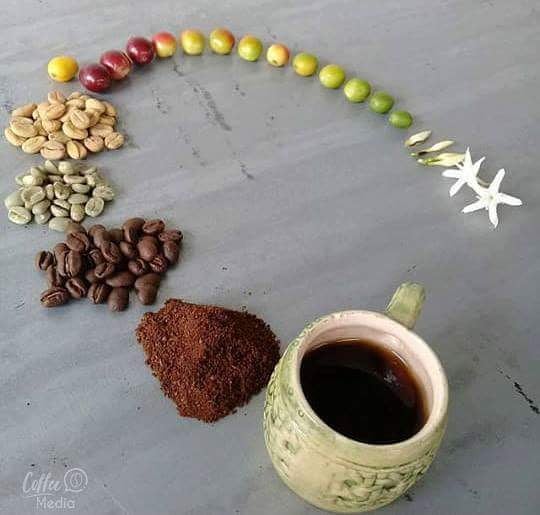
- Planting the coffee tree
A coffee bean is actually the seed of the plant. By planting it, keeping it in the shade and watering it, you will obtain a small coffee tree. After planting it, usually during the rainy season so that the plant can take advantage of moist soil, it will take 4-5 years for the plant to start producing fruit that is then called coffee cherries.
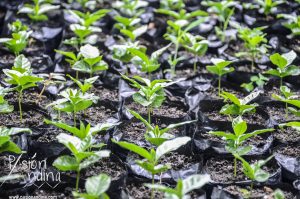
- The harvest
After flowering, it is necessary to wait about 6 to 8 months to be able to start harvesting Arabica coffee (a little longer for Robusta). It is necessary to wait until the cherries take a red color for the majority (some kinds of coffee have yellow fruits). In Peru the harvest is mainly done by hand because first of all it is one of the rules to be respected to obtain the ORGANIC certification, but also because the growing grounds are often quite steep or difficult to access. In countries like Brazil, which has huge plains for its crops, harvesting is done mechanically. In both cases, it is necessary to harvest all the fruits of the shrub and to do so, two techniques are used.
- Picking, which consists of picking only ripe fruit by hand. The advantage of this technique is to be able to make a first selection of the best cherries at the time of picking. The disadvantage? Time, because it will be necessary to pass several times during the following days on the same tree to look for the fruits ready for harvesting. In fact, not all coffee cherries ripen at the same time.
- Destemming or “stripping” which is a mechanical way of harvesting and the principle is to remove all the fruit of the coffee tree at once. The advantage is the much lower cost of labour and the time saved in the process. On the other hand, the quality is lower because fruits at different stages of maturity will be harvested at the same time.Do you know how many kilos of coffee cherries a person can harvest per day? A good picker picks between 50 and 90 kilos per day !
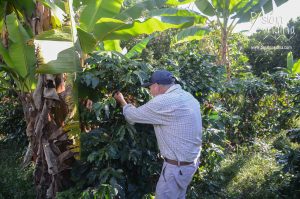
- Cherry processing and drying
This is a very important step that must be done quickly after the harvest to avoid damage to the fruit. Here there are also several techniques depending on the type of coffee you want to produce.
- The natural method which consists, after a selection of the best fruits, of spreading them on the ground or on wooden drying racks and drying them in the sun until the fruit turns black. When ready, the skin is removed with a machin to obtain the coffee bean and proceed to the next step.
- The “Honey process” method: After the harvest, fruits are selected and all impurities such as leaves or other are removed. We then proceed to pulping with a machine, trying to keep on the grain a good part of the pulp called “mucilage”. The grains are then spread out in the sun either on the ground, on braided mats or in wooden dryers. Once the cherry has been pulped, the remaining mucilage around the kernel caramelizes and turns in amber colour. In addition the grain absorbs the sugar contained in the mucilage. The Honey Process does not go through a fermentation stage: the dried grains are then stored for a month to complete the drying process.
- The method called “Washed”: This is a method that is used a lot in Peru. The first step is to pulp the cherries. The seeds will be left between 14 and 20 hours in a basin to ferment which will remove the rest of the mucilage or flesh. The fermentation must be monitored to avoid stop it too early or too late to ensure the best quality of the coffee. After fermentation the beans are washed several times and then left to dry.
For all these techniques, it is important that the farmer stirs the beans regularly during drying to prevent further fermentation. The moisture content should be increased from about 60% to 12%.
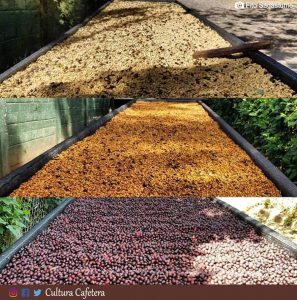
- The « Hulling »
Before moving on to the next step, you must now get rid of the last thin skins surrounding the seed. The last 3 layers called exocarp, mesocarp and endocarp are removed with a machine. Some producers will go even further by polishing the seeds again.
It is now still necessary to sort and remove the seeds with imperfections, and the one not respecting the size in order to have the best uniformity. After all these steps we get what is called green coffee, ready to be exported to be roasted in the country of the buyer!

- The Roasting
This can be done after selling the green coffee to importers and in the country of destination or directly in the producer farm or cooperatives. Depending on the demand, it can be light, medium, or intense. It is a crucial step that must be carefully monitored to avoid burning the bean. It is during this stage that the aromatic oils will come to the surface and give the coffee its pleasant flavours and aromas. A small coffee producer will have his artisanal way for this stage as in a metal roller for example by making a fire underneath.

- The Milling
Depending on the method that will be used to make liquid coffee, the grind may be fine or coarser. To ensure the best quality of your cup of coffee, grinding should be done just before the coffee is prepared. This is because ground coffee oxidizes quickly and loses its qualities.

- The coffee preparation
And the big moment has finally arrived … it’s time to make your coffee ! There are many things that make your coffee taste different. The grind (fine or coarse), the amount of water and coffee used, and the choice of coffeemaker. This can be a mocha, a Chemex, a French press, a filter coffee maker, a drip or a coffee machine.
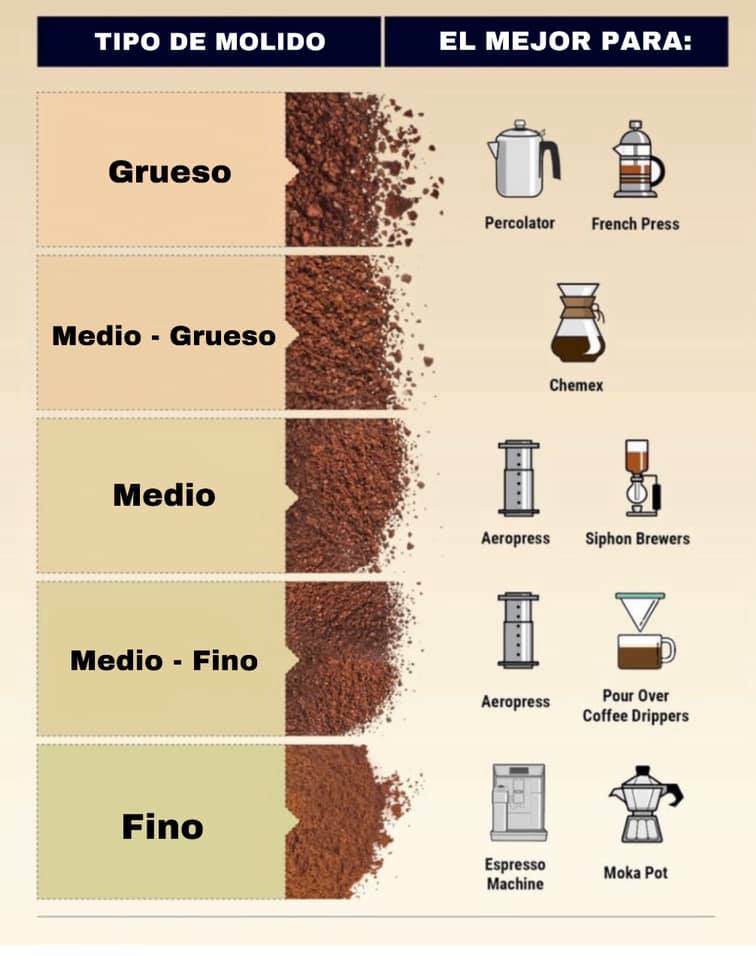
If you’ve read the article so far, you’re allowed to go and have a cup of coffee, no ?
Coffee is the second most important product exported in the world after oil, the first agricultural export product before sugar, corn or cocoa. It is a very healthy product and it is highly recommended to drink 3-4 cups a day.
When you receive your next coffee, I hope you will think a little bit about all those people behind it and who have worked with so much love to produce this drink that we enjoy every morning in our stressful lives.
In terms of tourism, we will continue to take our customers to the coffee producers and above all consolidate our relationships. The tourism benefits for these families are important and can help them not to stop producing coffee by bringing them additional income to compensate for the lower selling price of their product!
If you are interested in visiting coffee plantations during your stay in Peru, please contact us : info@pasionandina.com
You can consult one of our options by clicking on the following link: Excursion to coffee plantations in the Cusco region.
Don’t forget to subscribe to our FACEBOOK PASIÓN ANDINA PAGE.
Source:
Click to access Estudio-de-mercado-del-cafe-peruano.pdf
https://camcafeperu.com.pe/ES/cacao-peru.php
http://artigoo.com/origen-leyenda-cafe
https://cafe.cafes-pfaff.com/w-10-origine-et-histoire-du-cafe.html
https://organico.tienda/blog/?–el-cafe-organico-peruano-es-el-mejor-del-mundo
http://www.ico.org/ES/coffee_storyc.asp
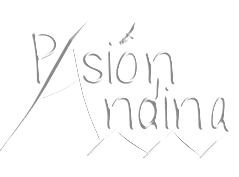
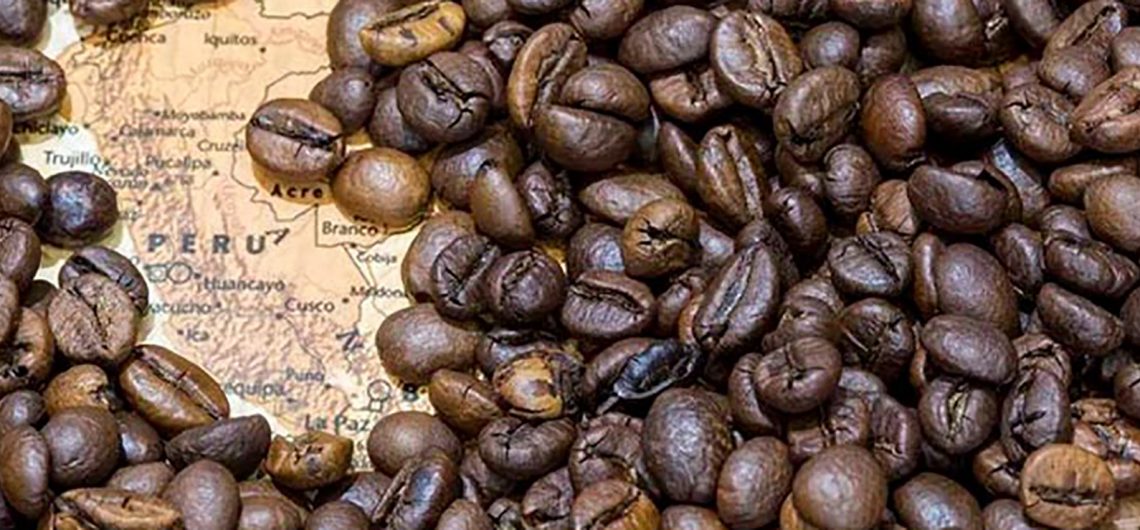
Comments